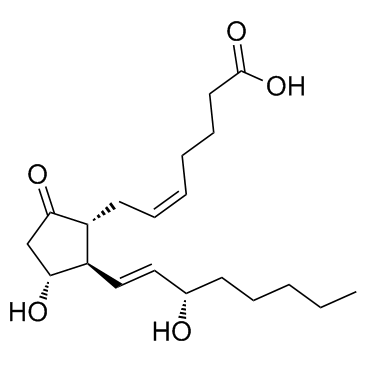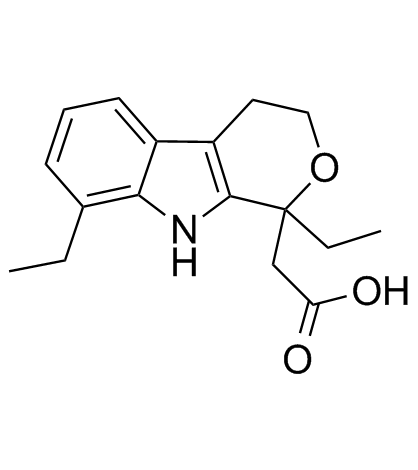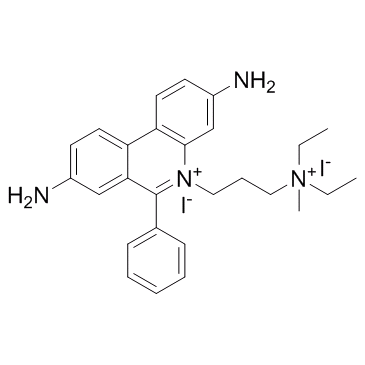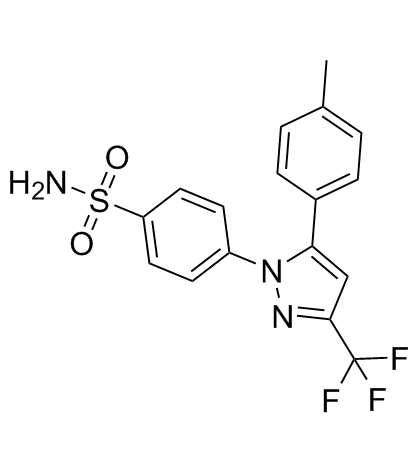| Structure | Name/CAS No. | Articles |
|---|---|---|
 |
Dimethyl sulfoxide
CAS:67-68-5 |
|
 |
Dinoprostone
CAS:363-24-6 |
|
 |
Etodolac
CAS:41340-25-4 |
|
 |
2,5-DiMethyl Celecoxib
CAS:457639-26-8 |
|
 |
Propidium Iodide
CAS:25535-16-4 |
|
 |
Celecoxib
CAS:169590-42-5 |
|
 |
8-Octanoyloxypyrene-1,3,6-trisulfonic acid trisodium salt
CAS:115787-84-3 |